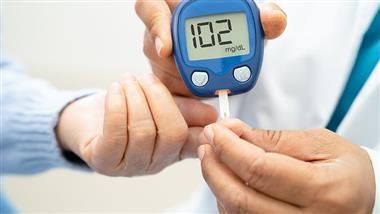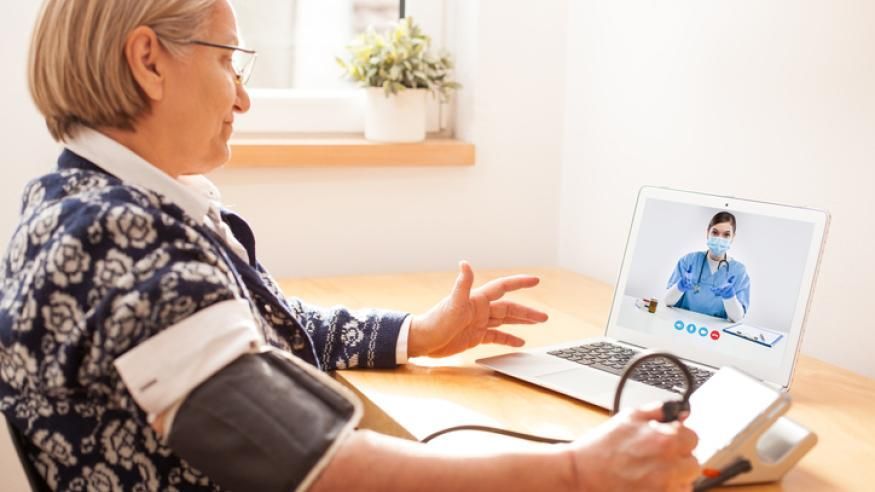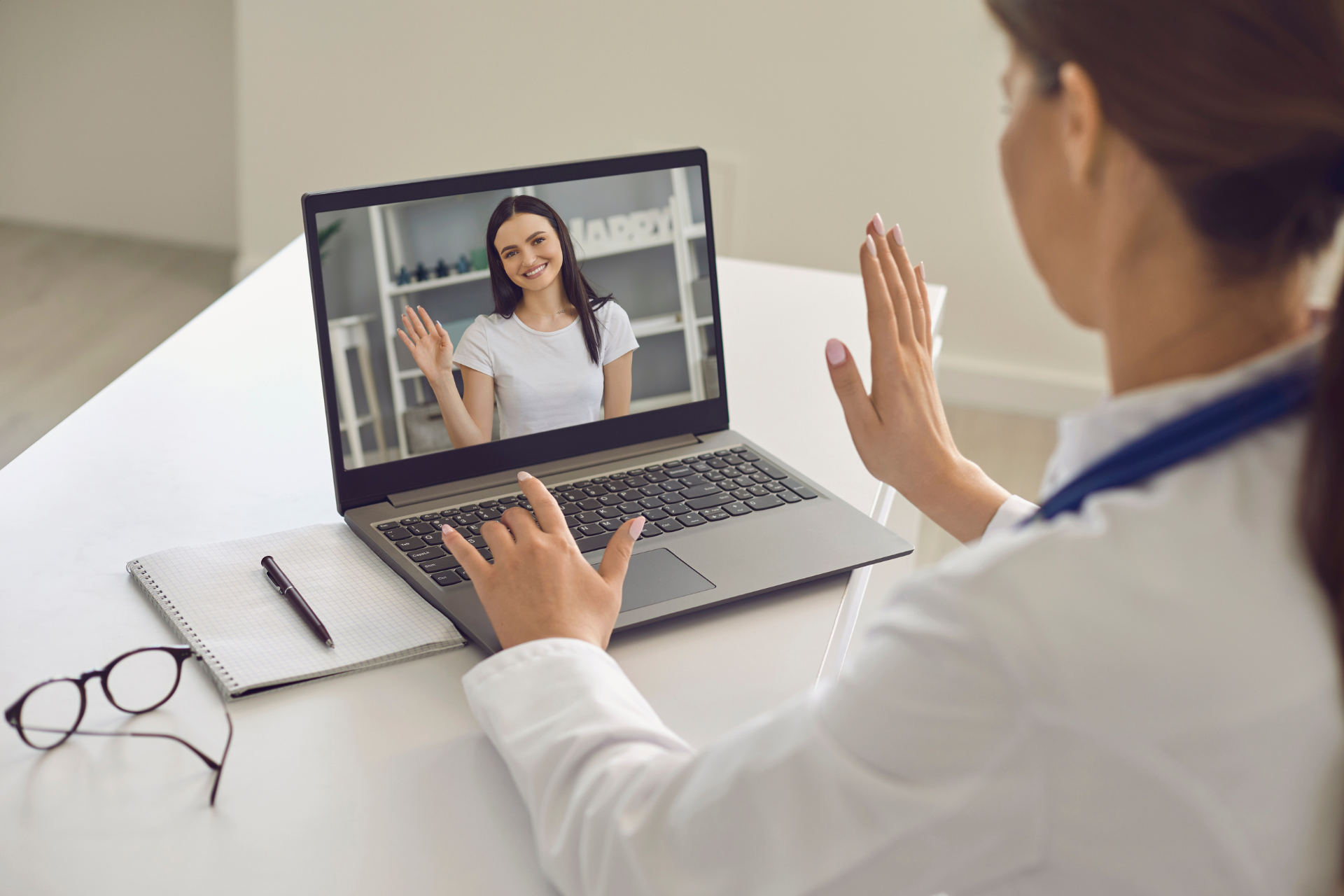New Recommendations on CGM Use Published Worldwide
This is a subtitle for your new post
By Natalie Sainz
diaTribe and the Time in Range Coalition, in a global effort to raise the awareness and adoption of Time in Range and the use of continuous glucose monitors (CGM), published an article in a world-renowned medical journal that sets the standards for CGM use in clinical trials.
A new international consensus of recommendations for the standard use of continuous glucose monitoring (CGM) data in clinical trials has been published in The Lancet Diabetes & Endocrinology January issue.
The consensus has been hailed as an essential step toward increasing the use of CGM metrics, including time in range, in clinical trials to advance potential breakthroughs in diabetes care.

The diaTribe Foundation, Advanced Technologies & Treatments for Diabetes (ATTD), and the Time in Range Coalition led this seven-month effort to achieve international agreement. In April 2022, the three organizations gathered 33 of the world's top diabetes experts in Barcelona, Spain, to discuss these recommendations.
Prof. Tadej Battelino, head of endocrinology at University Medical Centre Ljubljana and ATTD co-chair, played a key role in building the consensus and helped lead the international committee of experts.
“As diabetes technology continues to advance, the [use] of CGM data in clinical trials needs to be standardized so clinicians, scientists, and regulators across the globe can incorporate it into their decision-making to the benefit of individuals living with diabetes,” Battelino said.
Julie Heverly, diaTribe’s senior director of the Time in Range Coalition, said, “Standardizing trial collection, analysis, and reporting of CGM data will help ensure that the next generation of treatments are focused on increasing patients’ time in range and, therefore, quality of life.”
People living with diabetes need better options to treat and manage their disease, Heverly said, adding that a CGM is an essential tool to achieve that goal since it helps individuals know if their blood glucose levels are in range, above range, or below range.
“Increasing time in range (TIR) has been found to decrease serious and life-threatening complications, enhance daily disease management, and improve the lives of people living with diabetes,” Heverly said.
The consensus has been endorsed by eight leading diabetes organizations:
- American Association of Clinical Endocrinology
- American Diabetes Association (ADA)
- Association of Diabetes Care and Education Specialists
- DiabetesIndia
- European Association for the Study of Diabetes (EASD)
- International Society for Pediatric and Adolescent Diabetes
- Japan Diabetes Society
- JDRF
“[This paper] is a big step forward in the field as we now have consensus on how to best assess and report on CGM data in clinical trials,” said Dr. Robert Gabbay, ADA’s chief science and medical officer.
The recommendations also cover the specific glucose metrics researchers should evaluate and report, information on clinically relevant changes in key glucose metrics over time, and training for both trial staff and participants.
In total, 23 recommendations are included in the publication.
While this paper will provide the diabetes research community with new and insightful guidance, it also has the potential to increase use of time in range and other CGM metrics internationally.
Experts around the world weighed in on the importance of this consensus paper.
Dr. Sanjoy Dutta, chief scientific officer at JDRF said, “The ability to accelerate the development of life-changing therapies with [standardized] clinical recommendations for the use of CGM data in clinical trials empowers all stakeholders: researchers, clinicians, regulators, companies, payers, policy makers, and, most importantly, persons with diabetes. This is an important step in transforming type 1 diabetes outcomes and care beyond the current standard of HbA1c only.”
The importance of time in range
This consensus is a part of the efforts of the Time in Range Coalition, which has been working to advance the awareness and adoption of TIR globally as a primary glucose metric for daily management.
“Clinicians can finally make glycemic management decisions based on personalized, actionable information and people with diabetes finally have a measure to follow on a daily and weekly basis that can help guide them not judge them,” said Dr. Richard Bergenstal, executive director of the International Diabetes Center in Minneapolis, Minnesota.
The diaTribe Foundation and Time in Range Coalition have had multiple meetings with the U.S. Food and Drug Administration (FDA) to discuss the adoption of TIR as a clinically meaningful metric, and how TIR could be used by regulatory bodies in drug labels, for example.
The FDA has recognized the importance of CGM metrics like TIR for people with diabetes but noted that the lack of standardized collection and analysis in clinical trials has made use of TIR and other CGM metrics challenging.
“Having guidance on how to introduce and interpret data from CGM in clinical trials in persons living with diabetes is a crucial next step for the field. CGM [demonstrates] the importance of the quality of glucose management; [not only] the level but also the stability of [blood] glucose levels [over time] and time [spent] in hypoglycemia,” said Chantal Mathieu, president of EASD and chair of European Diabetes Forum.
“When the Diabetes Control and Complications Trial (DCCT) established A1C as the gold standard for diabetes management in 1993, continuous glucose monitors were merely a dream,” states Jim Carroll, CEO of The diaTribe Foundation.
“Today, the diabetes community benefits greatly from this exceptional technology,” he said. “This consensus is an effort to standardize the information generated and gathered by these new tools to advance the next generation of trials and therefore development of therapies that will improve the lives of people with diabetes.”
Members of diaTribe and the Time in Range Coalition hope that this publication will show the global diabetes community the significance of CGM data and time in range in daily diabetes management. Standardizing the collection, analysis, and reporting of CGM data derived from clinical trials will accelerate the advancement of time in range as a critical metric for the development of drug therapies and will improve the care and daily lives of people with diabetes.
Healthy Bites
















